
The current exhibit (February 19, 2011 - May 8, 2011) at De Young Museum, San Francisco, Olmec: Colossal Masterworks of Ancient Mexico is very fascinating, allowing us a glimpse into that veiled page of long-gone civilization. The description of this exhibit on De Young's web site states:
Considered the "mother culture" of Mesoamerica and recognized as America's oldest civilization, the people known today as the Olmec developed an iconic and sophisticated artistic style as early as the second millennium BC. The Olmec are best known for the creation of colossal heads carved from giant boulders that have fascinated the public and archaeologists alike since they were discovered in the mid-19th century. The monumental heads remain among ancient America's most awe-inspiring and beautiful masterpieces today. Olmec: Colossal Masterworks of Ancient Mexico, featuring more than 100 objects, drawn primarily from Mexican national collections with additional loans from over 25 museums, is presented at the de Young Museum. Included in the exhibition are colossal heads, a large-scale throne, and monumental stelae in addition to precious small-scale vessels, figures, adornments, and masks. Olmec brings together for the first time new finds and monuments that have never been seen by American audiences and reveals new scholarship on Olmec culture and artifacts.This kind of exhibit often poses more questions to visitors than it answers. I remember that in 2007, I had an extended tour of inland China - from Sichuan Province to ancient capital Xi'an and Xianyang. Two of the most impressive museums were ruins of ancient civilizations modern people could understand very little and there are no apparent connections to the current life and culture in that land.
The first one was Jinsha (Gold Sands) Site, in Chengdu, Sichuan Province, China, where the archeological site, dating back to Shang and Zhou period (1600-256 B.C.), was incorporated into a vast museum and one could see massive elephant trunks in their burying sites - elephants were not aboriginal animal to that region.
There were many mysterious and beautiful religious artifacts which could be mistaken (or not) for gifts from outer space, such as the "Sun Bird" gold foil, the center piece of the museum:

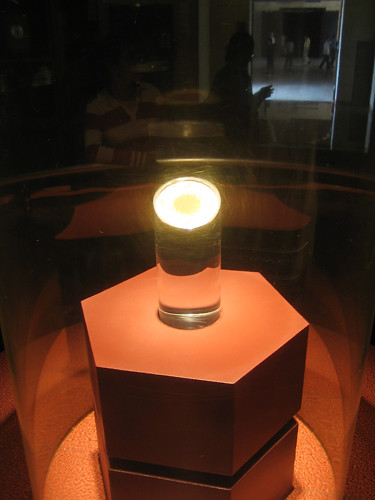
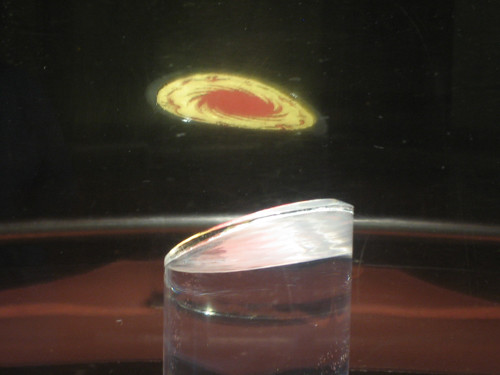
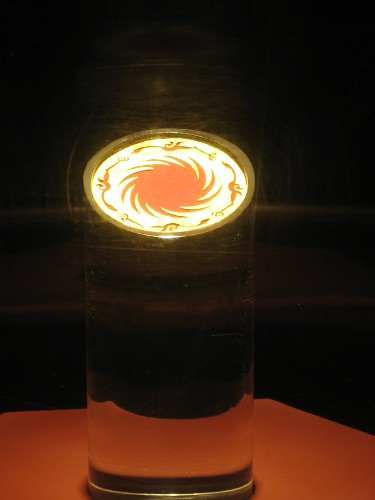
It was so ancient and so refined and beautiful that I was moved to close to tears. There are tortoise shells with primitive writing for divining purposes and perfectly made jade products.
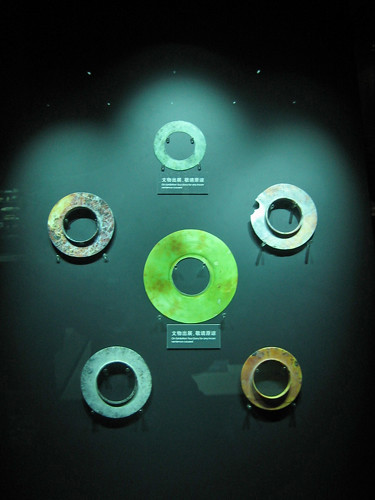

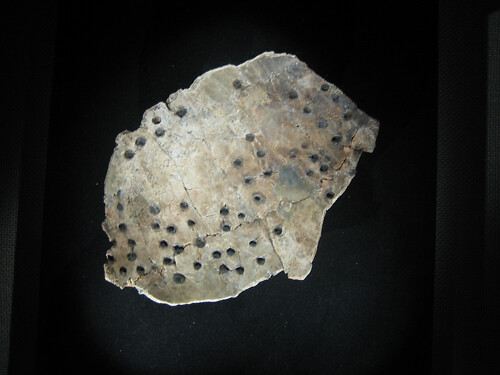
A couple hours drive from Chengdu was an even more extravagant Sanxingdui site. Sanxingdui culture existed contemporaneously with the Early and Late Shang (ca. 2050 BCE–ca. 1250 BCE). Sichuan, due to mountains and rivers, had been isolated from the cultures we typically identify as ancient Chinese culture (in Yellow River and Yangtze Delta regions) and had a distinctively different flavor. It's shamanism religious is as foreign to a modern day Chinese as the Olmec culture.
The most impressive artifacts in Sanxingdui were massive bronze, sometimes with gold inlays, statues, heads and masks. The figures and heads had many birds motifs and their strange bulging eyes made them like an ancient astronauts. There were also huge bronze trees - Money Tree and Holy Tree and they both breathtakingly beautiful and regal.
Interestingly, I first saw the warrior statue with giant hands holding the missing, unknown object in De Young Museum many years ago and ever since I dreamed of visiting Sanxingdui. Sanxingdui Museum is not as well known as Terracotta Army in Xi'an but deserve the same recognition.
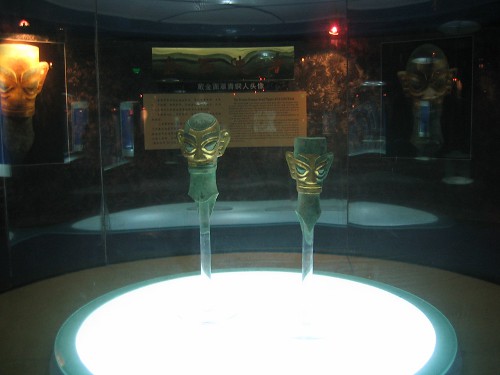
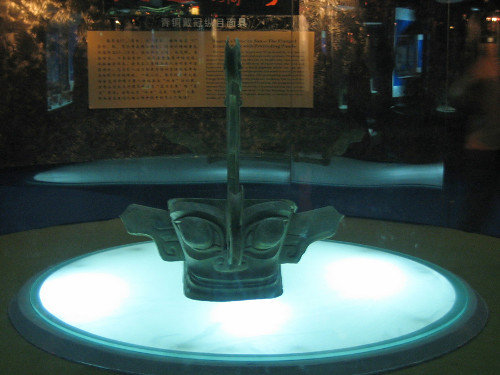
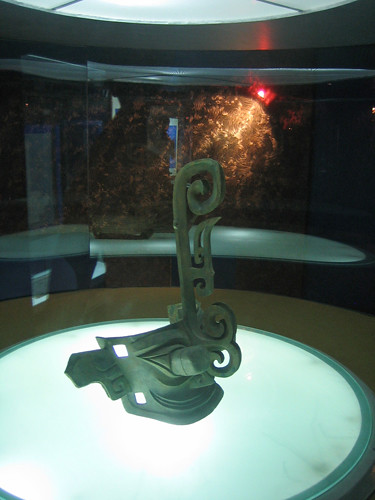
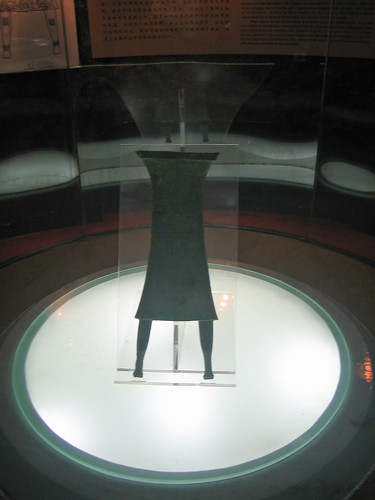

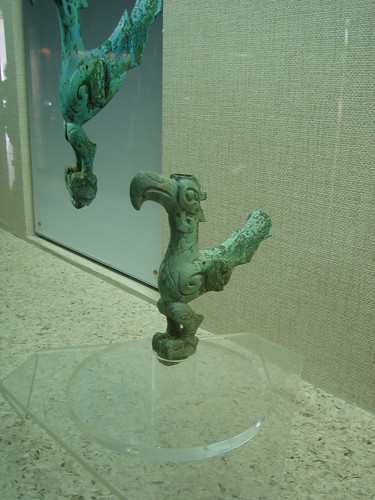

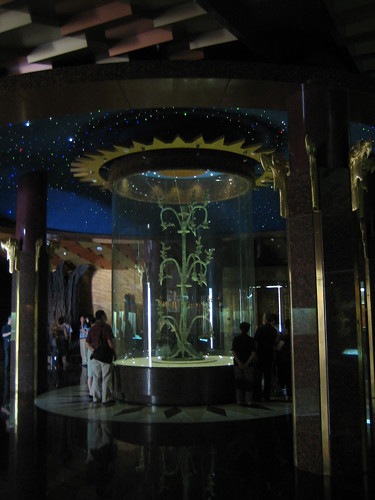
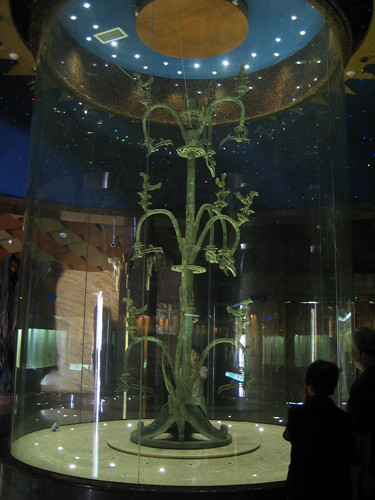
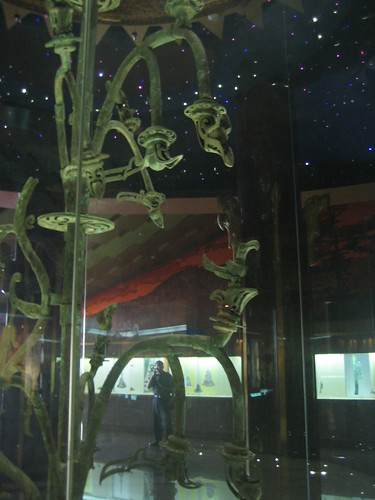
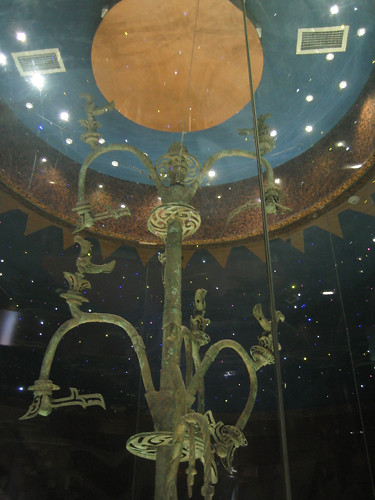
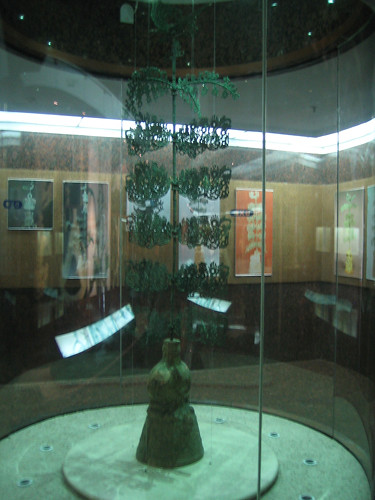

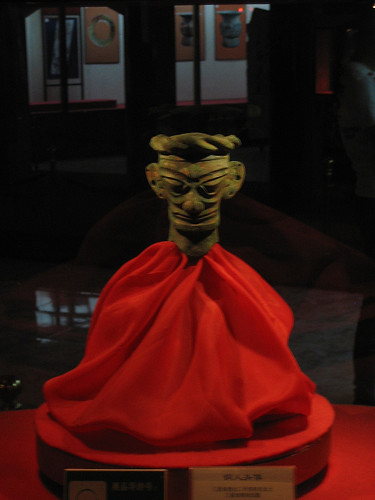
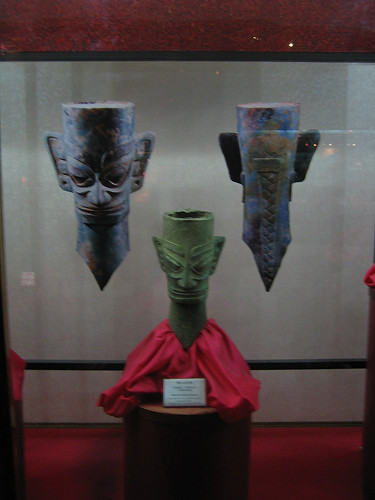
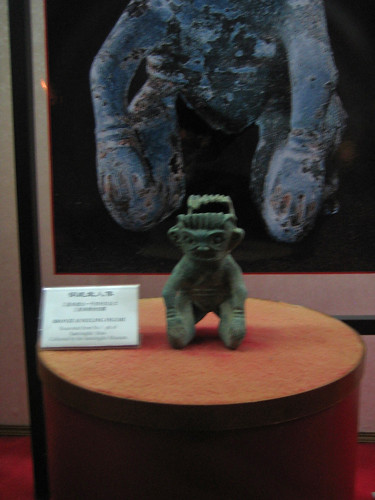

Related posts on Art · 文化 · Kunst:
- Last Chance to See Terracotta Warriors in San Francisco Asian Art Museum
- Famed Terracotta Warriors and Their Intriguing Successors
- Weep for Ancient City Walls of Xi'an





No comments:
Post a Comment